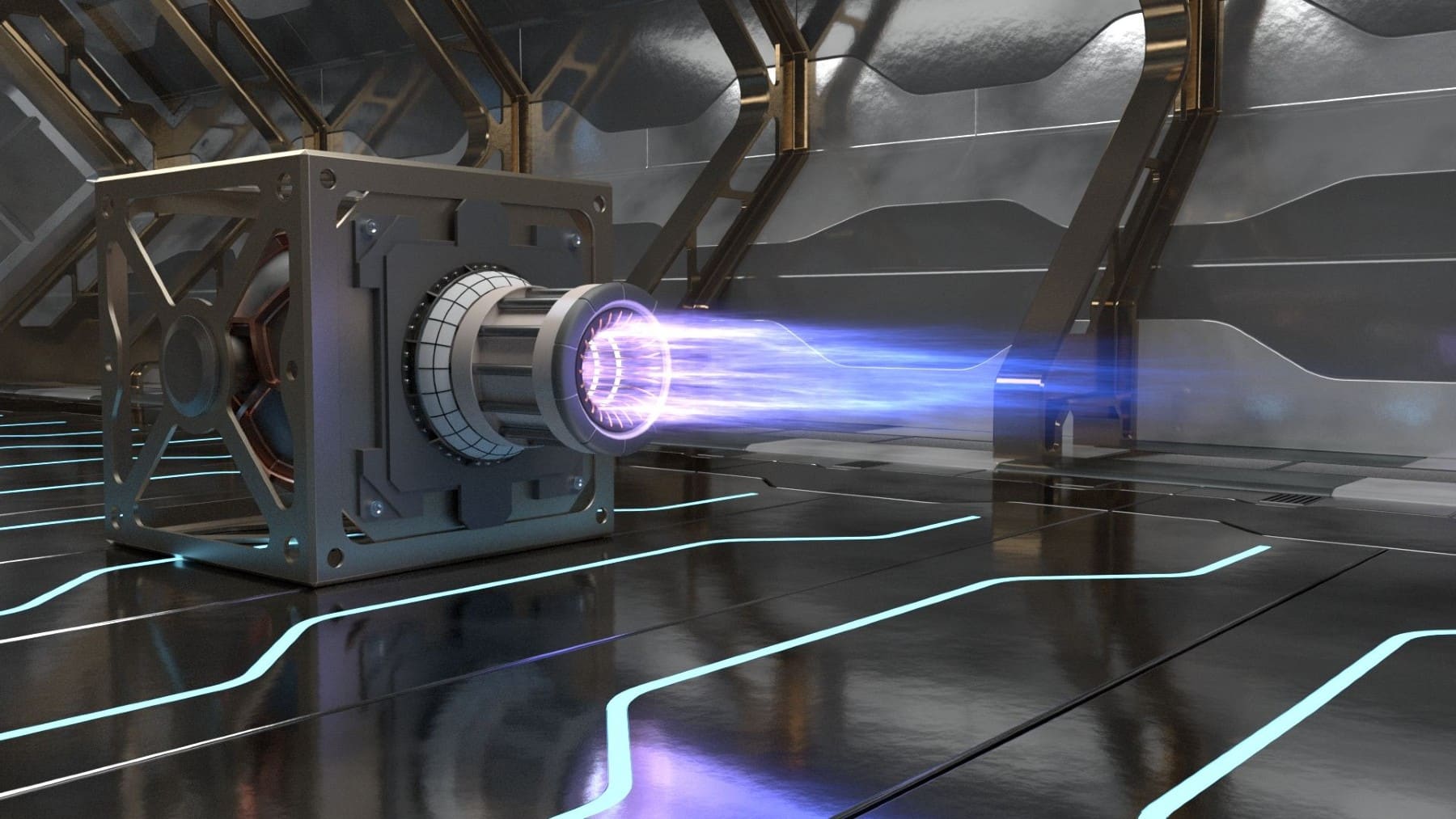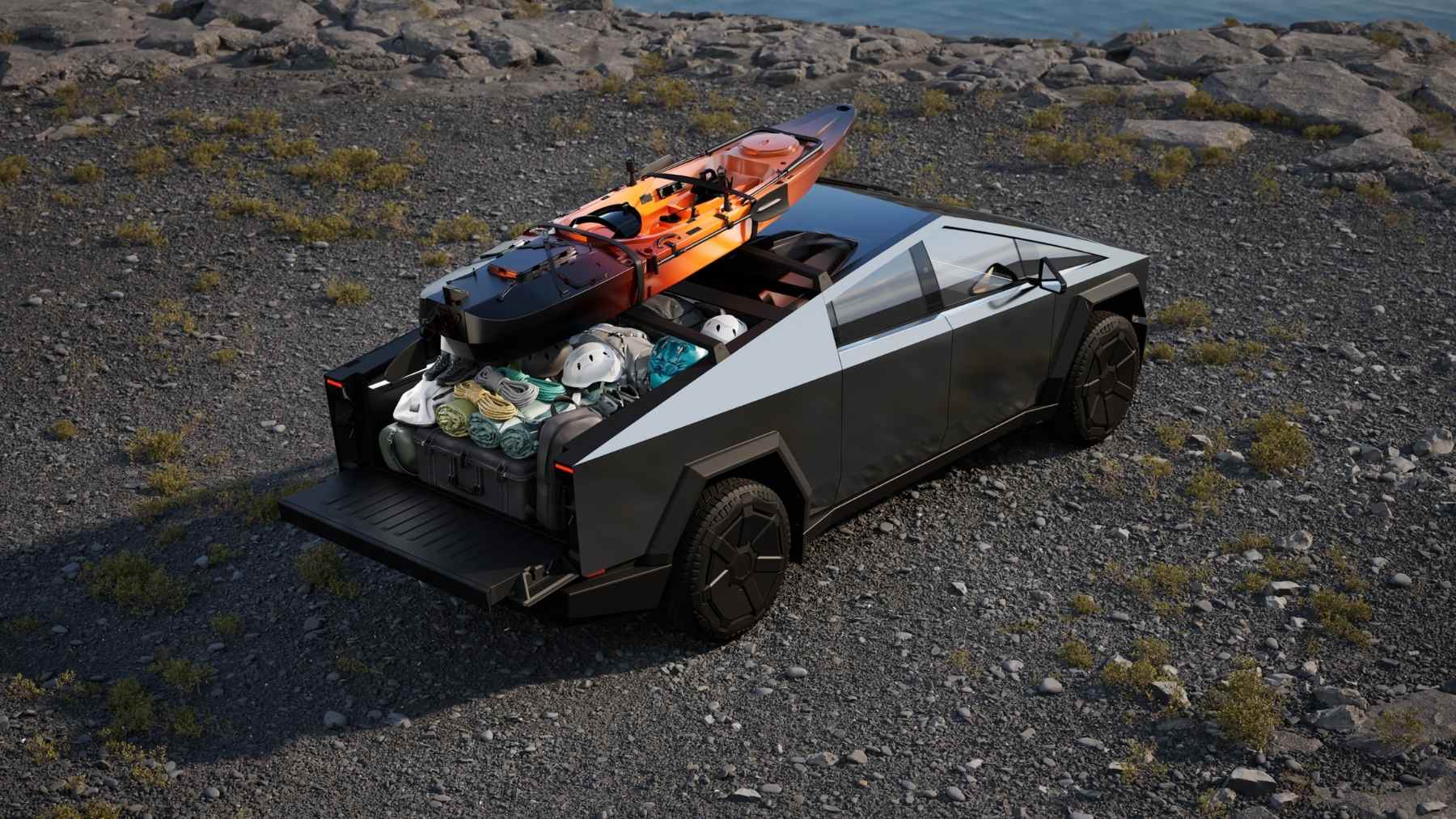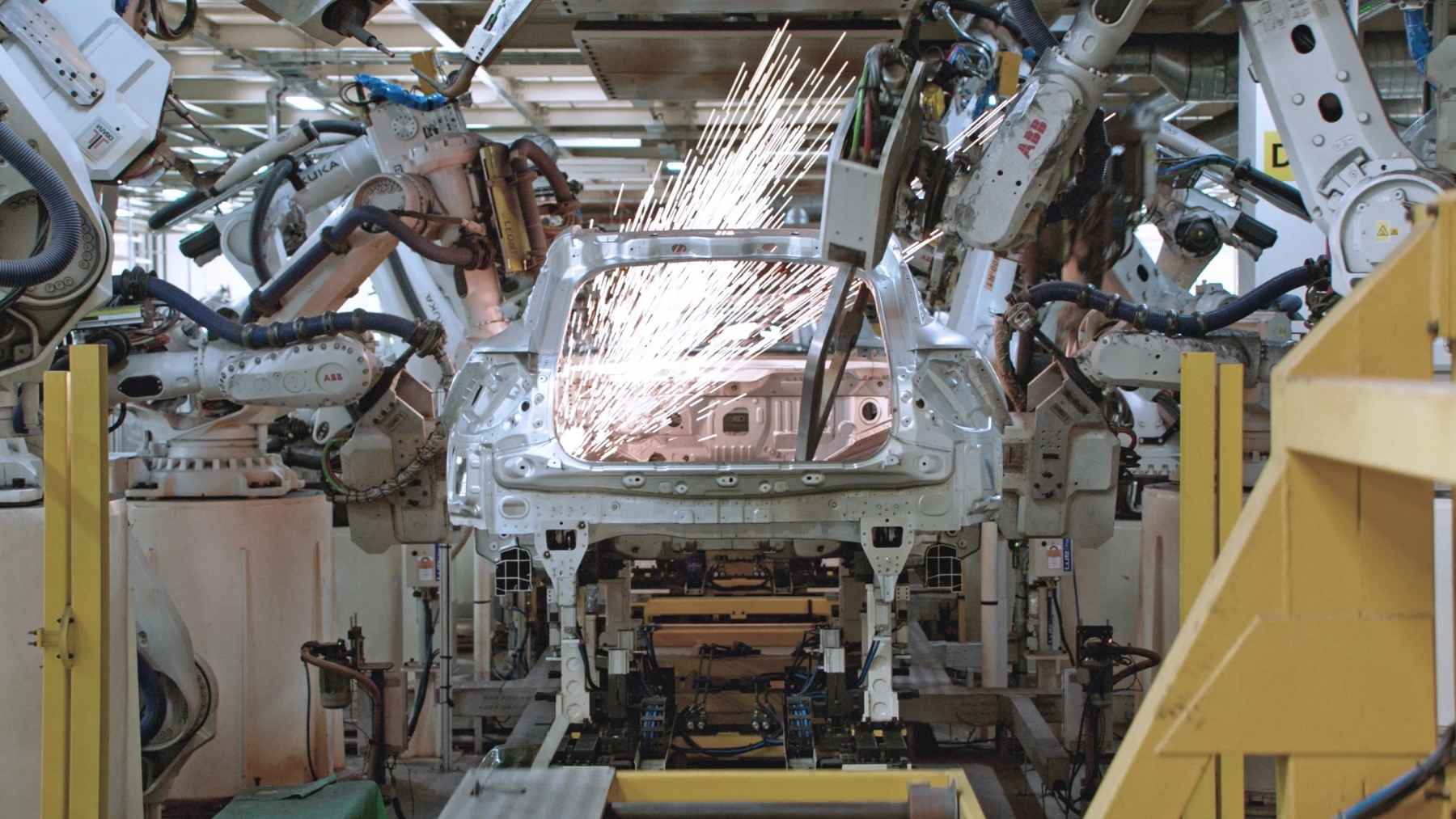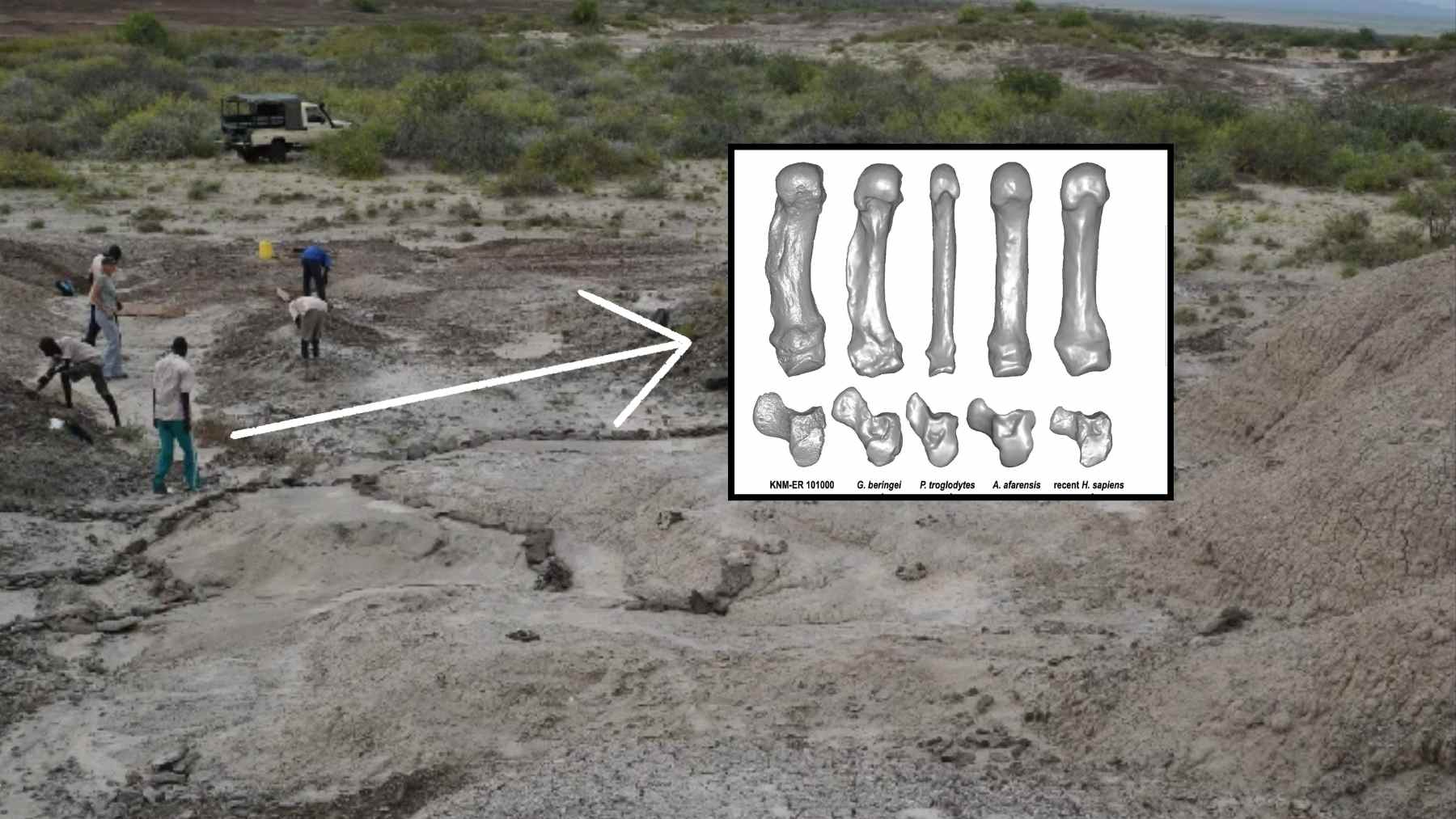For decades, scientists and space agencies have been working towards the ambitious goal of sending humans to Mars. While significant progress has been made in space exploration, the journey to Mars presents immense challenges, particularly in terms of fuel and energy requirements for the long trip. However, recent breakthroughs in fuel technology may be the key to turning this vision into reality. New advancements in propulsion systems are bringing us closer to overcoming the logistical hurdles of a manned mission to the Red Planet, potentially paving the way for a new era of interplanetary exploration.
The journey to Mars: Becoming a reality
The challenge of sending humans to Mars involves overcoming numerous obstacles, one of the most significant being the need to transport large loads between Earth and Mars in a timely manner. With current propulsion technology, a round trip could take nearly two years, depending on the planets’ alignment. Howe Industries is working on the Pulsed Plasma Rocket (PPR), a revolutionary propulsion system that could drastically reduce travel time, making the journey to Mars possible in just two months. By achieving a high specific impulse (Isp), the PPR would allow for much more efficient propulsion, enabling faster and more efficient trips for both astronauts and cargo.
Building on the Pulsed Fission Fusion concept, PPR harnesses nuclear fission, the process of splitting atoms, to generate the necessary energy for propulsion. Unlike earlier designs, the PPR is more compact, streamlined, and cost-effective. This innovation not only promises to extend the range of deep space missions but also supports the launch of heavier spacecraft, which can be equipped with extra shielding to protect astronauts from dangerous Galactic Cosmic Rays.
These rays, which pose significant health risks during long-duration flights, can be mitigated, enhancing crew safety on missions to Mars and beyond. “The exceptional performance of the PPR, combining high Isp and high thrust, holds the potential to revolutionize space exploration,” the statement reads. “The system’s high efficiency allows for manned missions to Mars to be completed within a mere two months.”
NASA’s PPR moves into Phase II of development
PPR has now advanced to Phase II of NASA’s Innovative Advanced Concepts (NIAC) study, following the successful completion of Phase I. Phase I focused on key aspects such as the propulsion system’s neutronics, spacecraft and power system designs, magnetic nozzle analysis, and trajectory planning.
In Phase II, developers will refine the engine design based on Phase I findings, conduct proof-of-concept experiments, and create a spacecraft blueprint aimed at enhancing crew safety for Mars missions. While Mars has only been visited by robotic probes, the PPR could eventually play a crucial role in NASA’s efforts to establish a long-term human presence on the Red Planet.
Elon Musk continues own Mars mission developments
Musk’s, founder of Tesla, own space exploration and technology company SpaceX has been collaborating with NASA to get the first manned trip to mars. Musk, known for being ambitious, has previously stated that humans reaching Mars by 2040 could be a real possibility. While Musk’s statement may be a reach, it highlights how the agency is not slowing down any time soon with getting people on the Red Planet, and is continuing to speed line innovation.
“At a broader level, when you’re trying to create a company that is going to change at a truly unprecedented scale what we do in space and rethink the future of humanity, then having a vision of this scale makes so much more possible,” says Matthew Weinzierl, professor of business administration at Harvard Business School specializing in the economics of space.
Musk has consistently pushed boundaries, first with electric vehicles in his company Tesla, then space exploration, and now even within government. The prospect of having humans on Mars is looking to be much sooner than anticipated.














